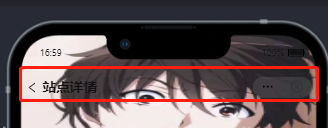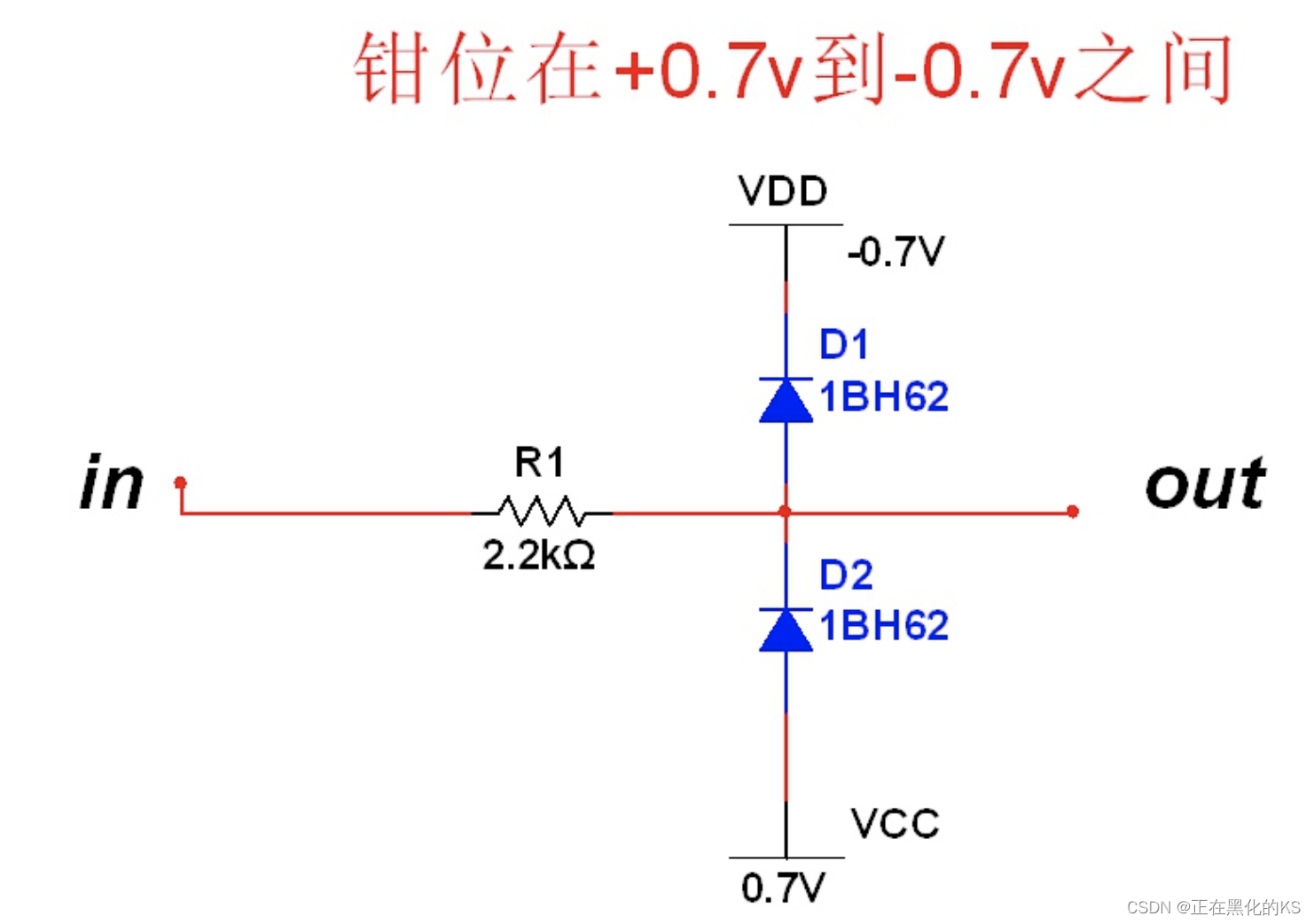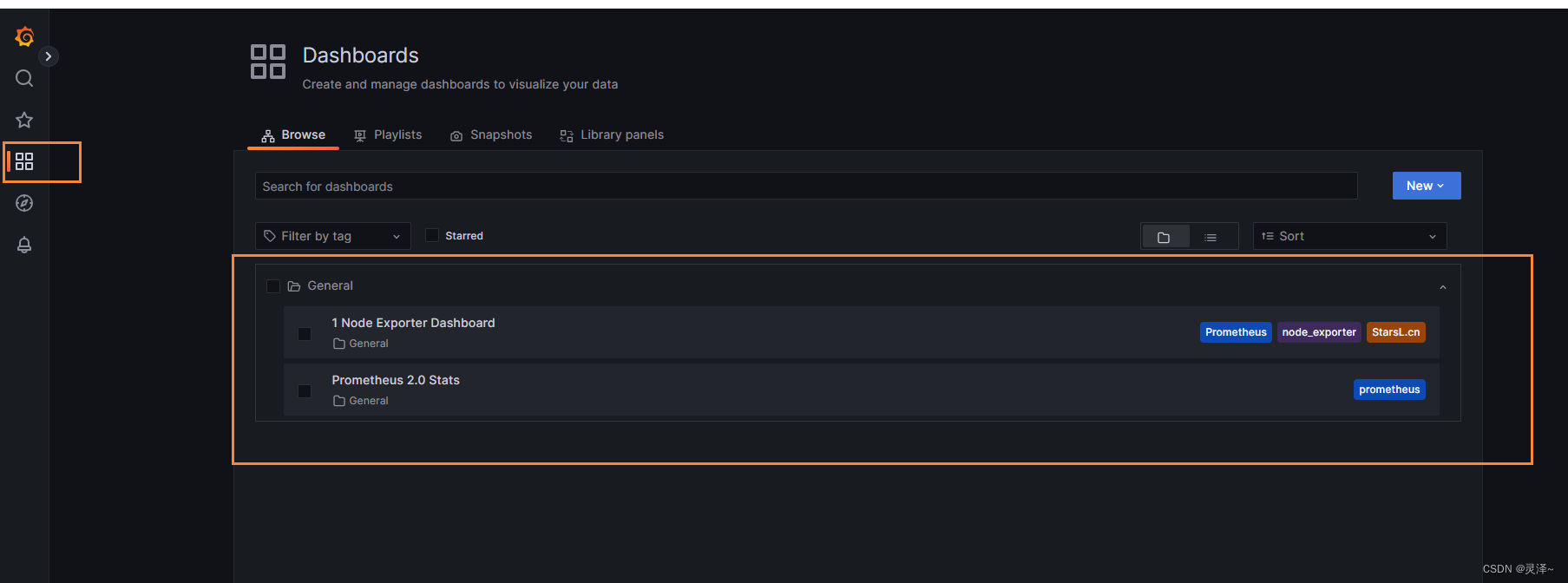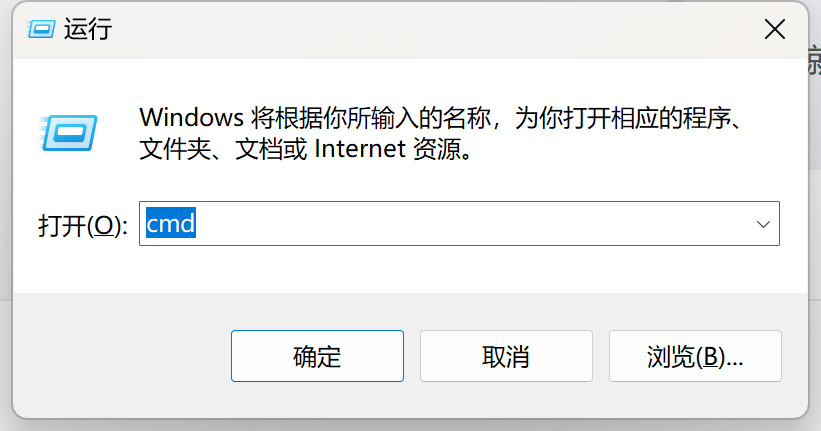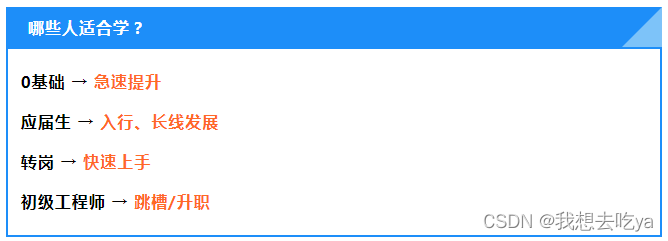servlet 规范
javax.servlet
Filter
任何的servlet容器都要实现的,例如tomcat、undertow、jetty等等。类似于jdbc规范,制定好了一个约束,各家数据库厂商根据规范开发对应的驱动来实现访问自己的数据库。
spring 对于Filter的自定义实现
所有的Filter都位于org.springframework.web.filter中
OncePerRequestFilter实现了servlet的Filter,作为抽象类子类重写其中定义的抽象方法进行自定义处理。具体实现类如下图。

需要需要进行filter层级处理数据,可以继承OncePerRequestFilter进行特殊处理。
spring boot 对于spring实现的filter进行排序处理
所有实现了OrderedFilter的filter位于org.springframework.boot.web.servlet.filter中。
| filter名称 | 排序 | 说明 |
| OrderedRequestContextFilter | -105 | Spring Session过滤器后默认排序 |
| OrderedFormContentFilter | -9900 | 确保在Spring Security之前使用此过滤器。 |
| OrderedHiddenHttpMethodFilter | -10000 | 默认高排序,确保在Spring Security之前使用此过滤器。 |
| OrderedCharacterEncodingFilter | Integer.MIN_VALUE | 默认最小值 |
由源码中的注释得知,定义这些优先级为了适应spring自己开发的其他组件处理的。
得知,OrderedCharacterEncodingFilter的排序值最小。其中,order值越小,等级越高。由此得知OrderedCharacterEncodingFilter的等级最高。
package org.springframework.core;
/**
* {@code Ordered} is an interface that can be implemented by objects that
* should be <em>orderable</em>, for example in a {@code Collection}.
*
* <p>The actual {@link #getOrder() order} can be interpreted as prioritization,
* with the first object (with the lowest order value) having the highest
* priority.
*
* <p>Note that there is also a <em>priority</em> marker for this interface:
* {@link PriorityOrdered}. Consult the Javadoc for {@code PriorityOrdered} for
* details on how {@code PriorityOrdered} objects are ordered relative to
* <em>plain</em> {@link Ordered} objects.
*
* <p>Consult the Javadoc for {@link OrderComparator} for details on the
* sort semantics for non-ordered objects.
*
* @author Juergen Hoeller
* @author Sam Brannen
* @since 07.04.2003
* @see PriorityOrdered
* @see OrderComparator
* @see org.springframework.core.annotation.Order
* @see org.springframework.core.annotation.AnnotationAwareOrderComparator
*/
public interface Ordered {
/**
* Useful constant for the highest precedence value.
* @see java.lang.Integer#MIN_VALUE
*/
int HIGHEST_PRECEDENCE = Integer.MIN_VALUE;
/**
* Useful constant for the lowest precedence value.
* @see java.lang.Integer#MAX_VALUE
*/
int LOWEST_PRECEDENCE = Integer.MAX_VALUE;
/**
* Get the order value of this object.
* <p>Higher values are interpreted as lower priority. As a consequence,
* the object with the lowest value has the highest priority (somewhat
* analogous to Servlet {@code load-on-startup} values).
* <p>Same order values will result in arbitrary sort positions for the
* affected objects.
* @return the order value
* @see #HIGHEST_PRECEDENCE
* @see #LOWEST_PRECEDENCE
*/
int getOrder();
}


